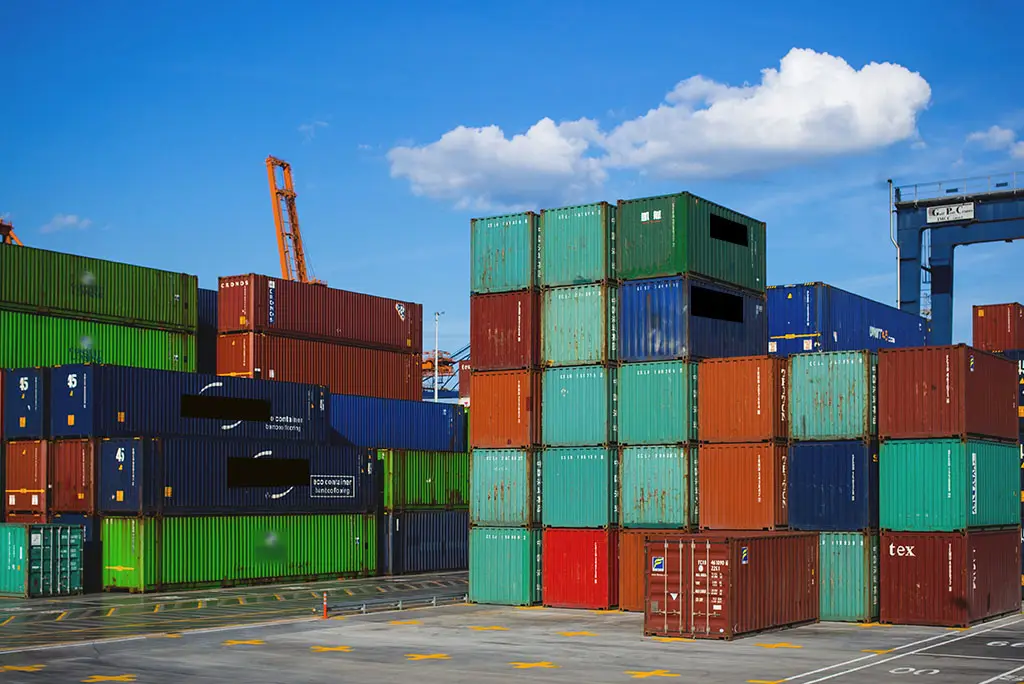To achieve the ambitious target of $2 trillion in exports by 2030, the Indian Government plans to establish a single trade body focusing on specific products and markets. The new body, which is likely to be called Trade India, will replace the existing multiple export promotion councils and function as a centralized body responsible for bridging the gap between the government and industry. The move is expected to enhance efficiency, identify key products and markets to improve exports and take accountability for any future slack in exports.
Establishment of Trade India
According to a senior government official, deliberations have begun to finalize the structure and function of the proposed trade body, and a formal proposal is expected soon. The government is considering setting up the body on the lines of the Japan External Trade Organisation (JETRO) and the Korea Trade-Investment Promotion Agency of South Korea (KOTRA). The new body will direct all funds to export promotion councils (EPCs), including the market access initiative grant. According to the senior government official, establishing the centralized trade body will aim to bridge the gap between the government and the industry. The body will also work on developing a comprehensive roadmap with annual targets to achieve the ambitious goal of $ 2 trillion in exports.
Role of Trade India
The primary focus of Trade India will be to promote exports of specific products and markets, drive strategy, and strengthen ‘Brand India’ to increase the country’s negotiating power. The body will identify existing product and market bottlenecks and promote new exporters. Sources indicate the government is considering involving the private sector in trade promotion activities. This decision was taken as the government believes that the India Trade Promotion Organisation, established for the same purpose, has primarily focused on trade fairs and overlooked the vital aspect of export promotion planning.
International Trade Opportunities
Trade India will promote exports in existing markets and explore international trade opportunities in untapped markets. A dedicated trade promotion body is expected to drive exports, enhance efficiency, and ensure accountability for any slackness in exports in the future. The new body’s name is crucial to make it an identifiable brand that can strengthen India’s negotiating power and improve its export prospects.
India’s Export Targets
According to available data, India’s merchandise exports increased from $422 billion in the fiscal year 2021-22 to $447 billion in 2022-23, reflecting a growth rate of approximately 6%. Despite facing various global challenges like the increase in raw material prices, restrictions in exports of certain products, and the Russia-Ukraine war, the Indian Government will goal for $2 trillion in exports by 2030. To achieve this objective, the government plans to establish a dedicated trade promotion body to drive exports, improve efficiency, and ensure accountability toward meeting the export target.
Trade India is expected to play a crucial role in strengthening India’s position in the global market by identifying and tapping into untapped markets. The body will work on a comprehensive roadmap with annual targets to achieve the $2 trillion export mark. This will involve identifying key products and markets that should be targeted to improve exports and taking accountability for any exports’ slack going forward.
Establishing Trade India is a welcome move, given the current global economic scenario. However, India has weathered the storm relatively well, with its merchandise exports growing by nearly 6% in 2022-23. Establishing a centralized trade promotion body is expected to boost the country’s export sector and help India emerge as a global export powerhouse.
Apart from boosting exports, Trade India is expected to play a significant role in creating jobs and generating economic growth. The success of the new body will depend on its ability to work closely with the private sector and other stakeholders to identify and address the challenges facing the Indian export industry. This will require a concerted effort from all stakeholders, including the government, industry, and academia, to work together to promote exports and boost economic growth.
